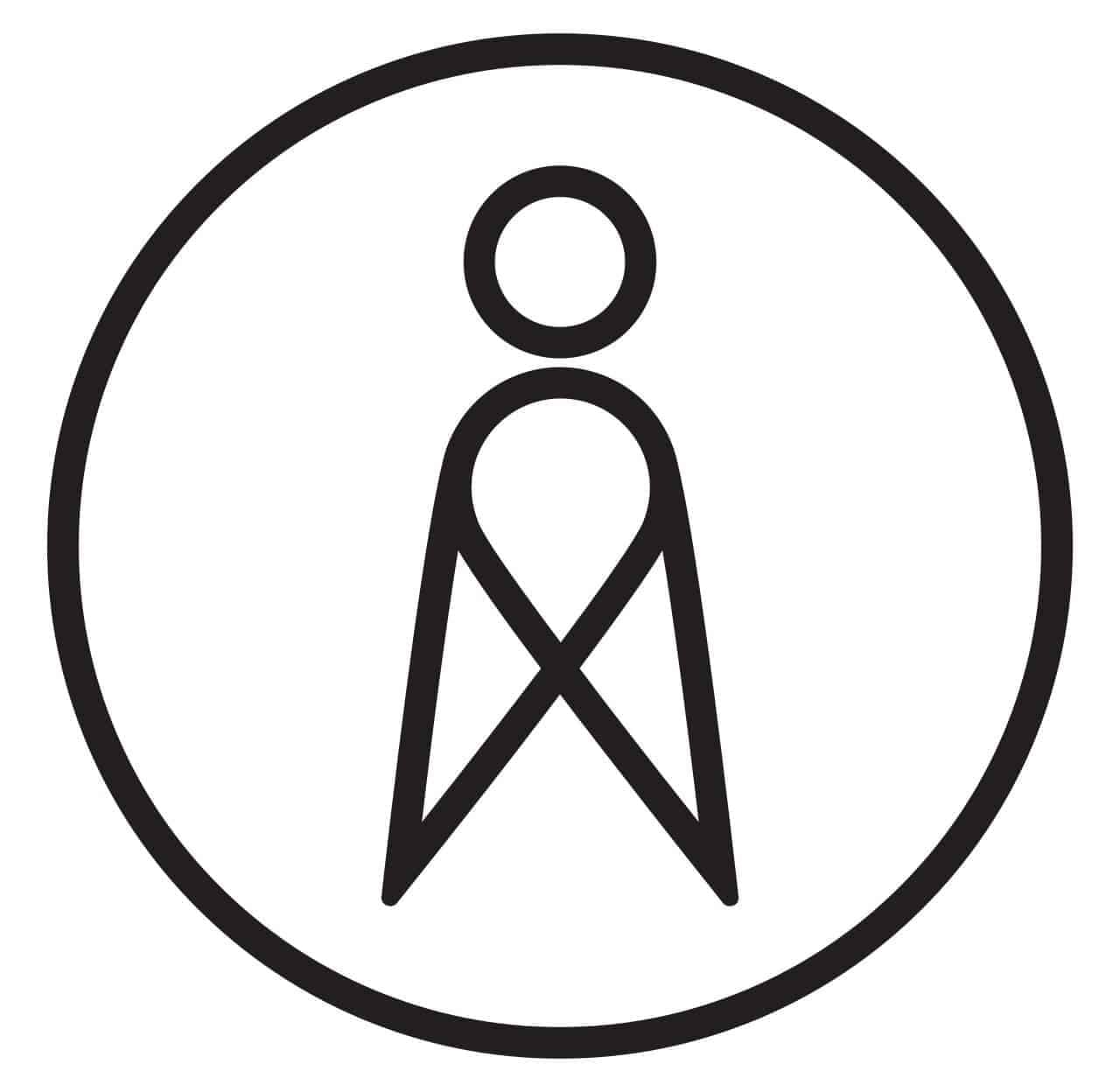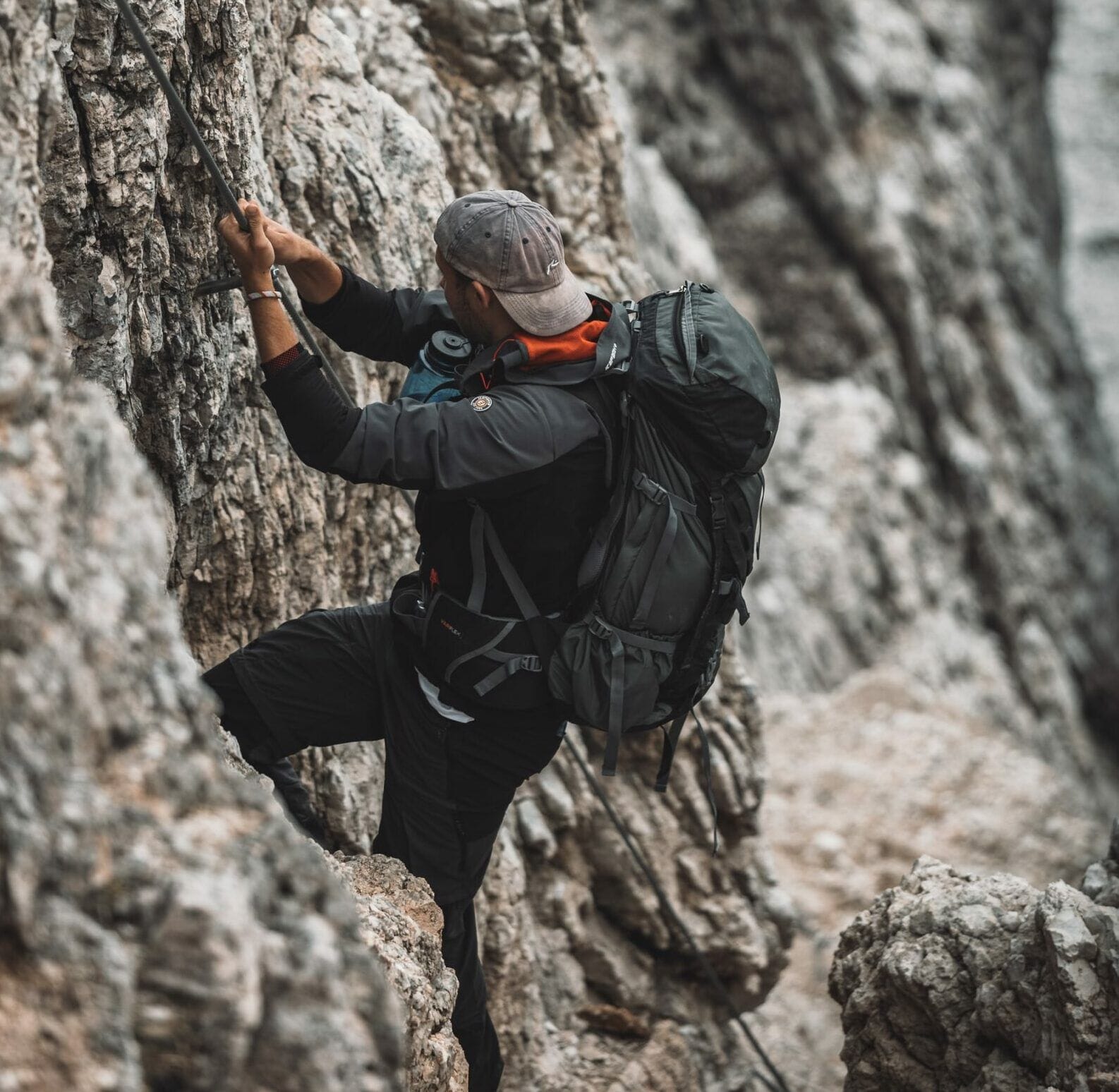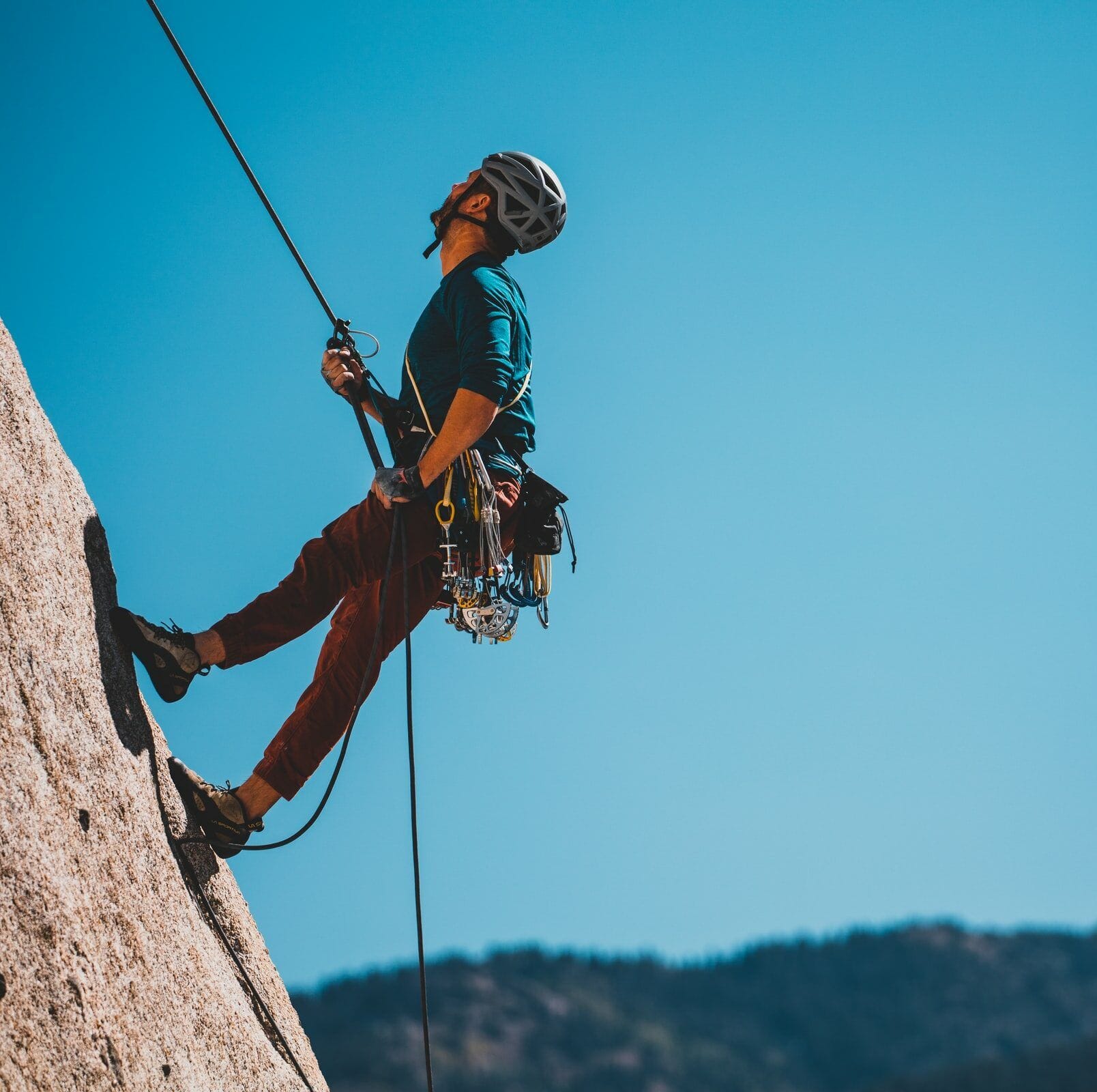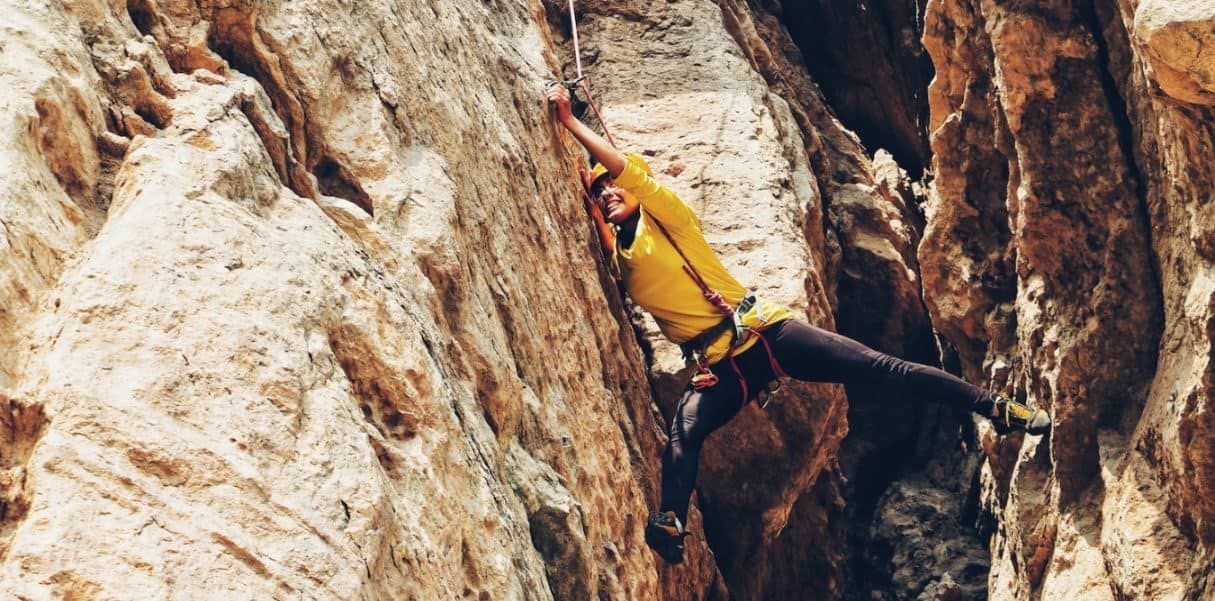Bouldering vs. Sport Climbing: Two Thrilling Options
When it comes to indoor climbing, there are two primary styles to choose from: bouldering and sport climbing. Each offers its own unique challenges and rewards.
What is Bouldering?
Bouldering involves climbing on shorter walls, typically around 5 meters in height, without the use of ropes or harnesses. The focus here is on short, powerful routes that require strength, technique, and problem-solving skills. Unlike sport climbing, bouldering can be enjoyed solo, making it a great option for those who prefer individual challenges. Moreover, bouldering is not just an individual pursuit; it’s also a social activity that brings climbers together in a supportive and encouraging community.
Before you start bouldering, there are several important things to know to ensure a safe and enjoyable experience. Here are the main things to keep in mind before you begin bouldering:
Falling Technique:
Learning how to fall safely is crucial in bouldering. Practice falling on the mats with your feet below you and your arms slightly bent to absorb impact. Avoid jumping off the wall and keep your movements controlled.
Warm-Up:
Always warm up your muscles before attempting difficult climbs. Spend some time stretching and doing light exercises to prepare your body for the physical demands of bouldering.
Problem-Solving:
Bouldering is a puzzle-solving activity. Analyze each problem before you start climbing and plan your movements. Focus on using technique and body positioning to efficiently navigate the holds.
Protect Your Skin:
Bouldering can be tough on your hands, and while gloves might seem like an option, they are generally not suitable due to the need for precise grip and tactile feedback. Instead, consider using climbing tape or hand moisturizer to protect your skin from abrasions and cracks.
Learn from Others:
Watch experienced climbers to learn new techniques and strategies. Don’t hesitate to ask questions or seek advice from more seasoned boulderers.
Essential Gear for Bouldering:
Equipping yourself properly is key to conquering bouldering challenges. Explore the essential gear that ensures your safety and success on the walls:
Climbing Shoes:
Your shoes should offer a snug fit to enhance your grip and sensitivity on the holds. Look for shoes with a good arch and softer sole to support dynamic movements. Brands like La Sportiva and Scarpa offer excellent options for beginners.
→ Read more on the best climbing shoes
Chalk Bucket & Chalk:
Magnesia, or chalk as it’s referred to by climbers, is a granular powder that will help you maintain your grip. You’ll probably be sweating quite a bit when you climb, and chalk helps prevent slipping due to moisture accumulation. All you have to do is drop some chalk into your bag, strap it to your harness, and you are good to go. These accessories will make all the difference, so make sure you’ve always got some on hand (literally). And if you’re not a fan of dust, give the liquid option a try.
Elevate your climbing experience
What is Sport Climbing?
Sport climbing involves climbing longer walls using ropes, harnesses, and belay devices. This style focuses on endurance, balance, and route-finding skills. While you’ll need a partner to belay you, sport climbing offers a collaborative and social experience.
Before diving into sport climbing, there are several key things to know and consider to ensure a safe and enjoyable experience. Here are the main aspects to keep in mind before starting sport climbing:
Basic Climbing Techniques:
Before you head to the climbing gym or outdoor crag, familiarize yourself with some fundamental climbing techniques. Learn how to grip holds properly, use your legs for balance and power, and practice basic footwork. Proper technique is crucial for efficient and safe climbing.
Safety and Belaying:
Understanding safety protocols and proper belaying techniques is paramount in sport climbing. Before starting to climb at most gyms, new climbers are typically required to pass a “belaying” test, which ensures they have the proper technique and knowledge to provide security during climbs. Learn how to use a belay device (like an ATC) to control the rope for both ascending and descending.
Top Rope vs. Lead Climbing:
Sport climbing involves both top rope climbing and lead climbing. In top rope climbing, the rope is already set up at the top of the route, offering a secure belay. In lead climbing, you clip the rope into protection points as you ascend. Be aware of the differences between these styles and the increased responsibilities of lead climbing.
Climbing Grades:
Climbing routes are graded based on difficulty. Familiarize yourself with the grading system used in your climbing gym or area. Starting with easier routes allows you to build skills and confidence gradually.
Falling Safely:
Falling is a natural part of climbing. Learn how to fall safely by keeping your feet below you and pushing away from the wall. Practicing controlled falls on easier routes can help you build confidence.
Essential Gear for Sport Climbing:
Just like bouldering, sport climbing demands the right gear for a triumphant ascent. Alongside climbing shoes, chalk bags & chalk, delve into the essential equipment that paves the way for your sport climbing endeavors:
Harness:
Choose a climbing harness that fits well and is suitable for indoor sport climbing. Adjustable waist and leg loops ensure a secure fit. Ensure your safety by choosing a new harness instead of borrowing an old one, as harnesses can weaken over time due to factors like UV exposure and wear. Look for certifications from safety organizations like UIAA or CE, check for expiration dates if applicable, and regularly inspect for damage such as frayed webbing or worn stitching. Prioritize a proper fit by ensuring snug yet comfortable waist and leg loops, and meticulously examine all buckles and adjustments before each climb to ensure your harness meets safety standards.
Belay Device:
An ATC (Air Traffic Controller) belay device is a common choice for sport climbing beginners. It’s easy to use and offers effective rope control during belaying.
Locking Carabiner:
Use a locking carabiner to attach your belay device to your harness. Look for a D-shaped screw-lock carabiner for added safety.
Gear up!
In conclusion, indoor climbing offers an exciting and rewarding way to challenge yourself physically and mentally. Whether you choose bouldering or sport climbing, proper gear and training are essential for a safe and enjoyable experience. So gear up, hit the climbing gym, and embark on your climbing journey with enthusiasm and determination!





